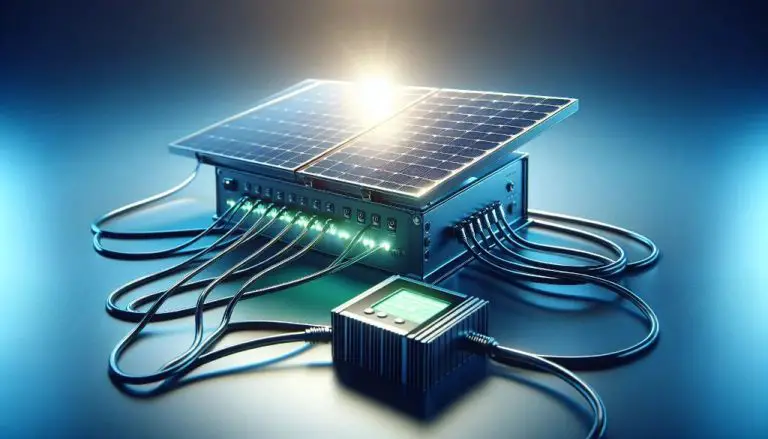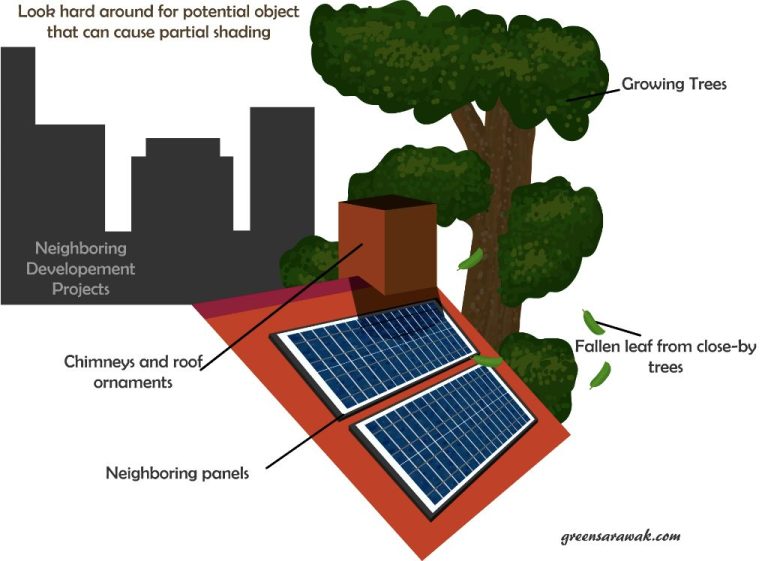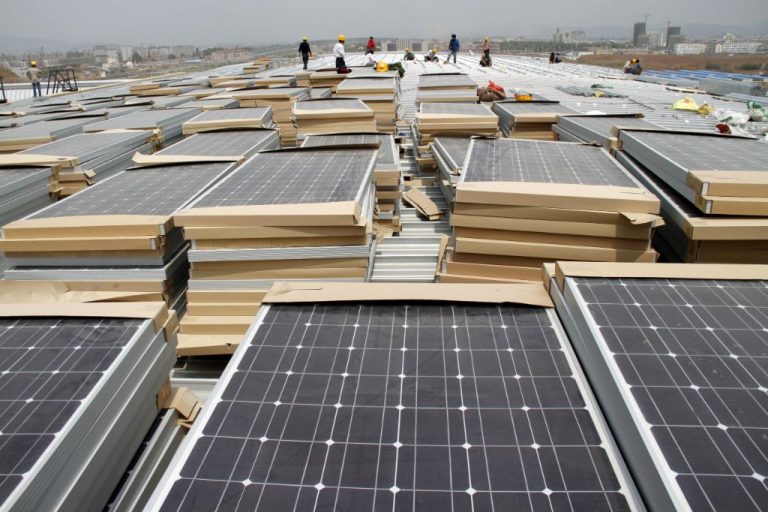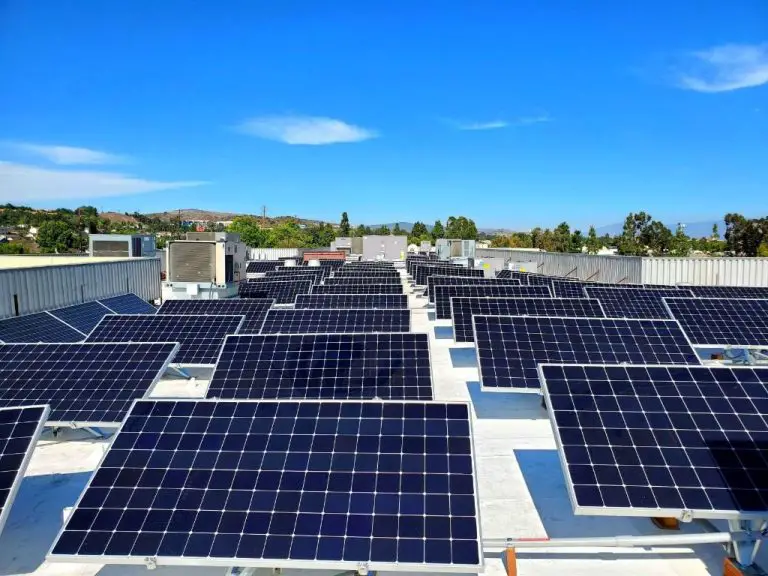Can Solar Panels Replace Gas?
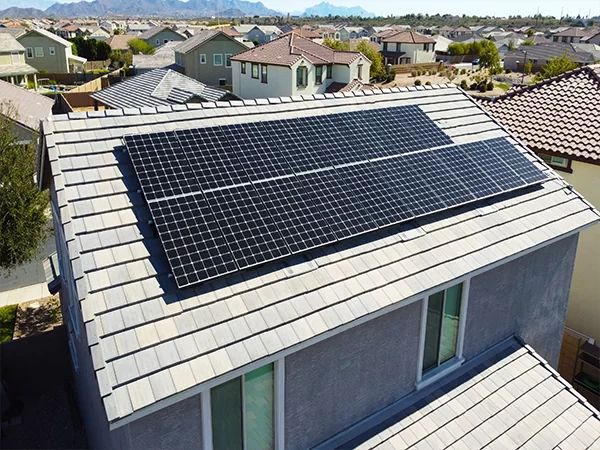
With gas prices skyrocketing across the country in recent years, many homeowners are looking for alternatives to power their homes and daily lives. The average price for a gallon of gas has risen from around $2 in 2019 to well over $4 in many states today. This spike in costs has led homeowners to explore renewable energy sources like solar power as a way to gain energy independence and lock in consistent electric rates for decades.
Solar panel systems have dropped significantly in price over the past 10 years, making them an increasingly affordable option. As solar technology continues to improve, many wonder whether it has advanced enough to fully replace reliance on gas appliances and furnaces. This article will examine the costs, incentives, limitations, and outlook for solar panels as a complete replacement for gas energy.
Sources:
How Solar Panels Work
Photovoltaic solar panels contain solar cells made from materials like silicon that absorb sunlight and convert it into electricity. According to this source, when photons from sunlight hit the solar cells, they transfer their energy to the electrons in the solar cell material, causing the electrons to break free and flow through the material to produce electricity.
The solar cells are wired together in a panel to generate more electricity. The direct current (DC) electricity generated by the panel then goes through an inverter, which converts it to alternating current (AC) that can power home appliances and equipment. Solar panels are mounted on rooftops or other structures where they can get direct sunlight to maximize power production.
Solar panels produce clean, renewable electricity from the sun without any fuel requirement or carbon emissions during operation. Their modular nature also allows homeowners to start small and add more panels over time to increase renewable energy production.
Benefits of Solar Power
Solar power provides several key benefits that make it an attractive energy source for many homeowners. First, solar energy is a clean, renewable source that does not produce any emissions. Widespread adoption of solar power can help reduce dependence on fossil fuels like coal and natural gas, which generate greenhouse gases linked to climate change. According to one analysis, solar panels emit 98% less carbon dioxide per kilowatt hour than coal-fired power plants.
By installing solar panels, households can also benefit from lower utility bills once the initial system costs are paid off. Solar energy that is not immediately used can be fed back into the grid, earning bill credits under net metering policies. Over the lifetime of a solar system, homeowners can realize significant savings on electricity costs. One study found the average payback period for residential solar panels to be around 8 years.
The modularity of solar also provides households with energy supply security and independence. Solar systems can operate off-grid or during outages to provide backup power. Rooftop solar gives homeowners control over their energy production versus relying solely on the utility. For many, choosing solar is as much a lifestyle decision as it is an economic one.
Limitations of Solar Power
While solar power has several benefits, there are some limitations to be aware of. One major limitation is the high upfront costs. Installing solar panels can cost anywhere from $10,000 to $25,000 depending on system size and other factors, which is a significant investment for most homeowners (Independent 2023).
Solar power can also be an intermittent energy source depending on weather and sunlight conditions. Cloudy days and winter months with less sunlight will result in less energy generation from the solar panels (Powered By Daylight 2022). This means solar may not fully power a home year-round without grid backup or an energy storage system like batteries.
Despite having solar panels, most homes still rely on a connection to the traditional electric grid. This provides backup power on low solar production days and allows purchasing supplemental electricity as needed (Lightning Energy 2022). Going completely off-grid with solar power requires properly sizing the system and adding energy storage capacity.
Typical Home Solar Panel Setup
A typical solar panel system for a home consists of 10-15 solar panels, with each panel generating around 300 to 400 watts. The average home would require a 4-8 kW system to offset its electrical usage. This equates to around 12-24 panels. The panels are connected together into an array and mounted on the roof or ground using racking. The system also requires an inverter to convert the DC electricity from the panels into AC electricity for household use.
According to Greensun PV, a 10 kW solar panel system would consist of 30 pieces of 330W solar panels, and 2-3 hybrid inverters (quote from Greensun PV’s website). The inverter is sized according to the total wattage from the array. Batteries can also be added for energy storage.
Installation involves proper roof assessment, mounting of racking bases, mounting the panels, wiring the array, installing the inverter and any batteries, connecting to the electrical panel, and inspection. A licensed solar contractor typically handles the entire installation process, including securing the necessary permits. The process can take anywhere from one day to a few weeks depending on system size.
Solar Panels for Heating
Solar thermal systems use solar energy to heat water or air that is circulated to provide space heating or hot water for homes and businesses. Solar thermal collectors, such as flat plates, evacuated tubes, or concentrating collectors, absorb and convert sunlight into heat. This heat is transferred to a liquid or air medium that is used to provide hot water or space heating directly or to drive a heat pump or other device that provides the heating or hot water.
Solar thermal systems for residential heating usually consist of roof-mounted collectors that heat a liquid, like water or antifreeze solution, that passes through the collectors and circulates through pipes to transfer heat to a hot water tank. The hot water can then provide domestic hot water, hydronic radiant floor heating, and/or be used with a hydronic air handler for forced air space heating. These systems provide an alternative to heating with natural gas, oil, or electricity.
According to the U.S. Department of Energy, active solar heating systems can provide up to 60% of a building’s space heating and 80% of domestic hot water needs, helping lower energy bills in the process 1. Factors like climate, solar resource, system size and configuration, building construction, and more impact actual performance.
Overall, solar thermal systems offer a renewable, low-carbon way to heat water and homes using free and abundant sunlight. With the right conditions, active solar heating can significantly displace conventional fossil fuel use for space and water heating.
Comparing Solar and Gas Costs
When comparing the costs of solar power versus gas, it’s important to look at total lifetime costs rather than just the upfront installation price. Gas may seem cheaper initially, but solar panels can generate electricity for 20-30 years with minimal maintenance costs. Over that timeframe, the savings from solar power add up.
One analysis by the National Renewable Energy Laboratory (NREL) found that over a 30-year period, the levelized cost of electricity from a residential solar PV system is about 50% less than the cost of electricity from natural gas.[1] This factors in the system purchase, installation, operations, and maintenance costs for both solar and gas.
Another key advantage of solar is net metering, which credits homeowners for excess power fed back to the grid. This can offset as much as 60-80% of their electricity bill, providing substantial savings compared to gas each month.[2] So the monthly expenditure is often lower with solar power.
Overall, looking at the complete lifetime costs and savings, solar is generally the more affordable option versus gas for residential electricity in the long run.
Incentives and Policy
There are several financial incentives available to help homeowners offset the cost of installing solar panels. At the federal level, there is an investment tax credit (ITC) that allows homeowners to deduct 26% of the cost of installing a residential solar energy system from their federal taxes. This credit is scheduled to step down to 22% in 2023 and will expire after 2032 unless Congress acts to extend it (1).
In addition to the federal ITC, many states offer additional solar incentives like rebates and property tax exemptions. For example, California offers a solar rebate program through the California Solar Initiative that provides cash back for installing solar panels. Other states like Massachusetts allow solar installations to be exempt from a certain percentage of property taxes (2).
Solar-friendly policies like net metering also make installing solar panels more financially appealing. Net metering allows solar panel owners to get credit on their electric bills for any excess energy their system generates and sends back to the grid. Over 40 states have mandatory net metering rules requiring utilities to offer this billing arrangement (2).
With federal tax credits, state/local rebates, and supportive policies like net metering, installing residential solar panels can pay for itself more quickly. Check a comprehensive database like DSIRE to see what solar incentives are offered in your area (2).
Future Outlook
The future outlook for solar energy is very positive as researchers work to improve solar panel efficiency and energy storage solutions (https://energy.mit.edu/research/future-solar-energy/). Most experts predict strong growth in solar energy production and capacity in the coming decades.
One major focus in solar energy research is on improving solar cell efficiency through new materials and manufacturing techniques. For example, researchers at MIT and elsewhere are developing perovskite solar cells that can reach efficiencies over 25%, compared to around 20% for standard silicon cells today. New solar cell designs and novel materials like organic photovoltaics also hold promise for more efficient future solar panels (https://www.nrel.gov/news/program/2022/building-a-solar-powered-future.html).
Energy storage using batteries is another key area of innovation. As storage technology improves, solar energy can provide power 24/7 and be more cost competitive with fossil fuels. Companies are developing new large-scale storage solutions to pair with solar farms and smaller home batteries to store excess solar energy. Wider adoption of electric vehicles will also increase energy storage capacity.
Most projections estimate that solar energy capacity and generation will grow exponentially in the coming decades. According to the International Energy Agency, solar could provide over 25% of global electricity by 2050 if countries implement their climate and energy commitments. With continued technology improvements and supportive policies, solar appears poised to play a major role in powering the future.
Conclusion
Solar panels offer a clean, renewable energy source that can reduce reliance on fossil fuels like natural gas. However, most homes still require some gas usage, at least in the short-term future. Gas remains the most common option for heating homes, cooking, and heating water. While solar panels can generate enough electricity to power appliances and lighting, completely eliminating gas is challenging with current technology.
The outlook for solar is promising, with costs decreasing and efficiency improving. In the coming years, home solar combined with battery storage will enable more households to get close to 100% solar-powered. However, natural gas infrastructure is entrenched, and many appliances run on gas. Rather than a complete either/or scenario, the optimal solution is likely integrating solar and gas. Solar can generate clean electricity, while gas provides backup energy storage and powers essential needs like heating. With smart home technology and strategic solar use, homes can significantly reduce but likely not fully eliminate gas dependence.

